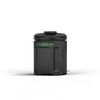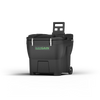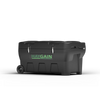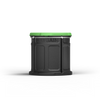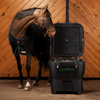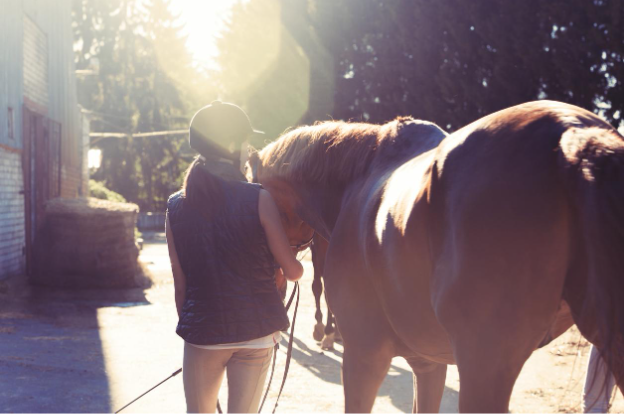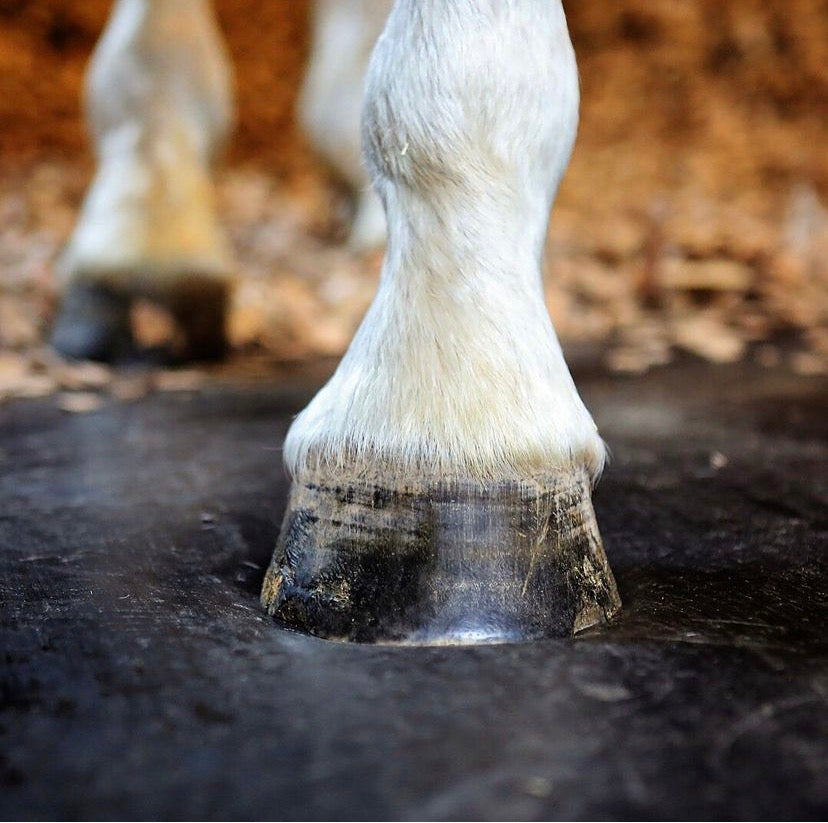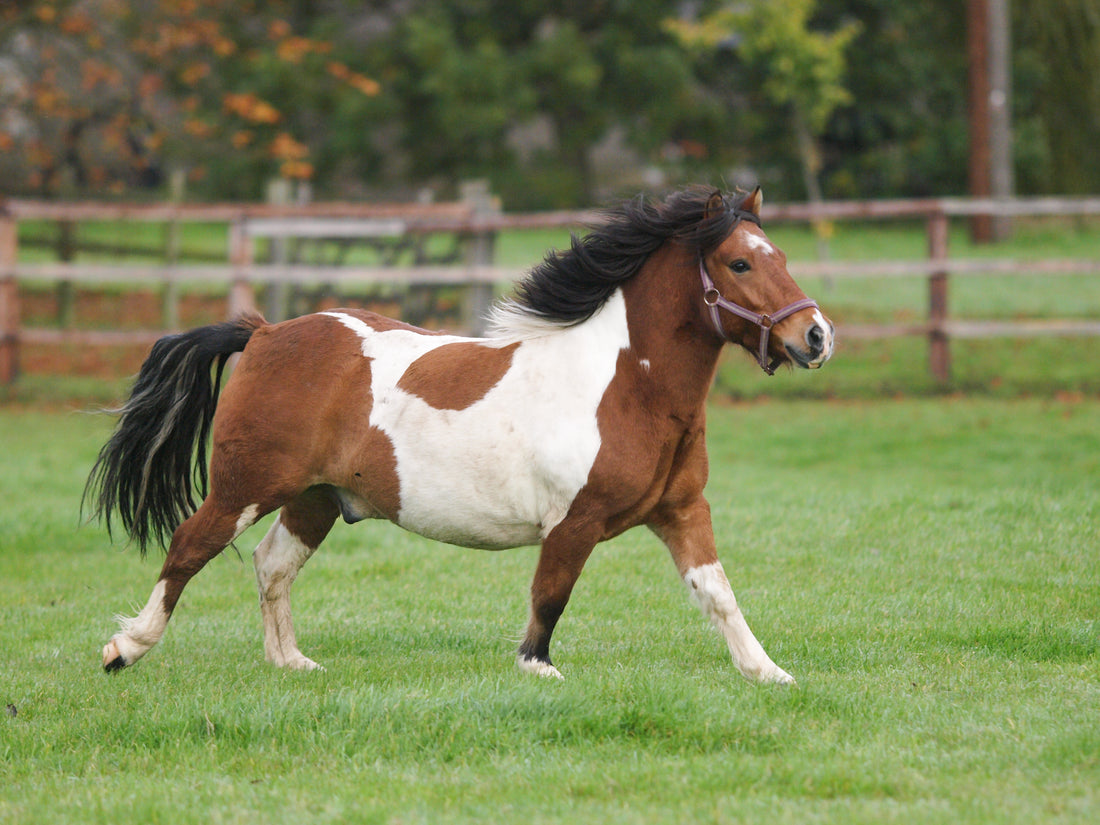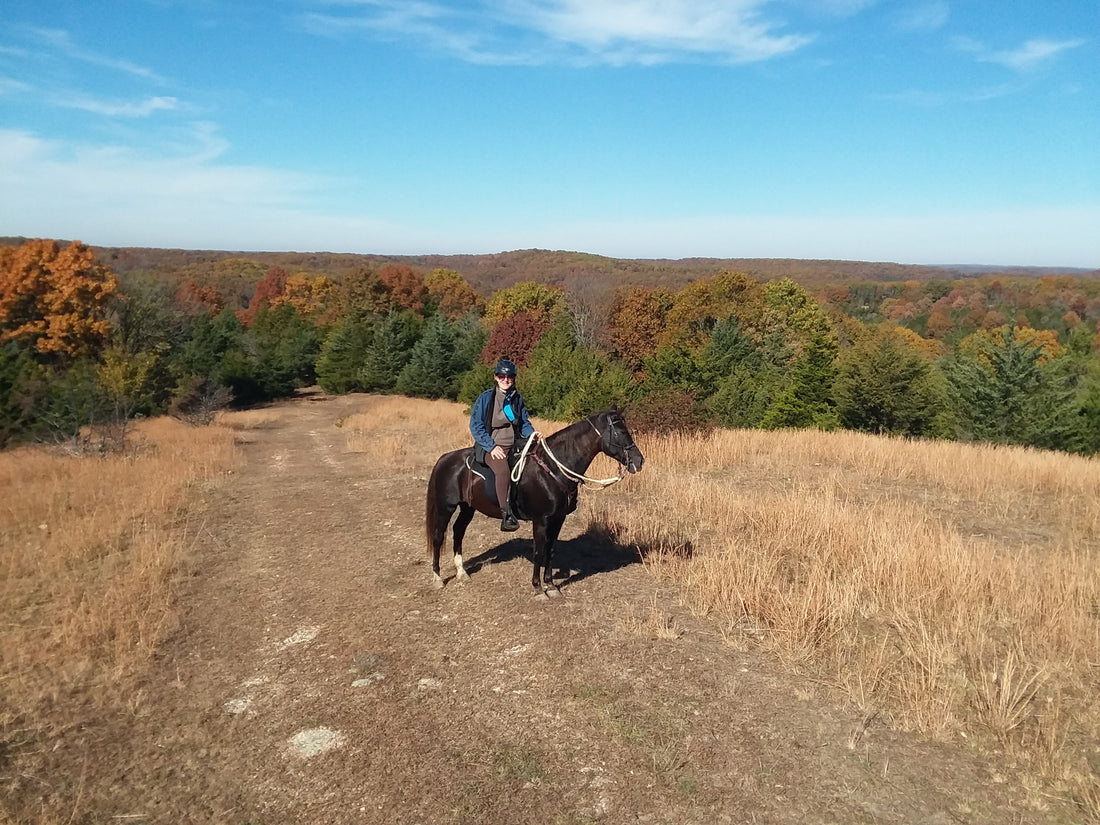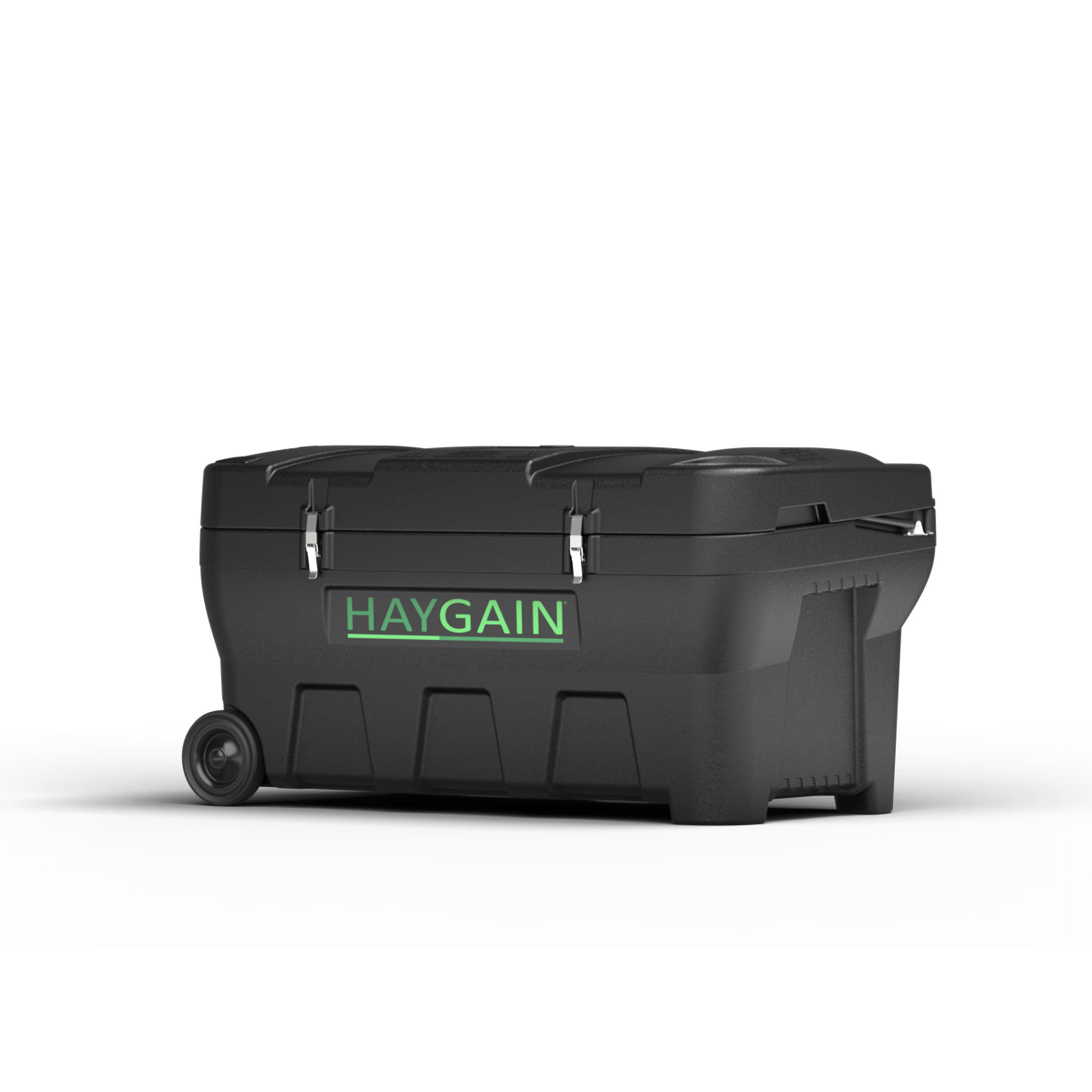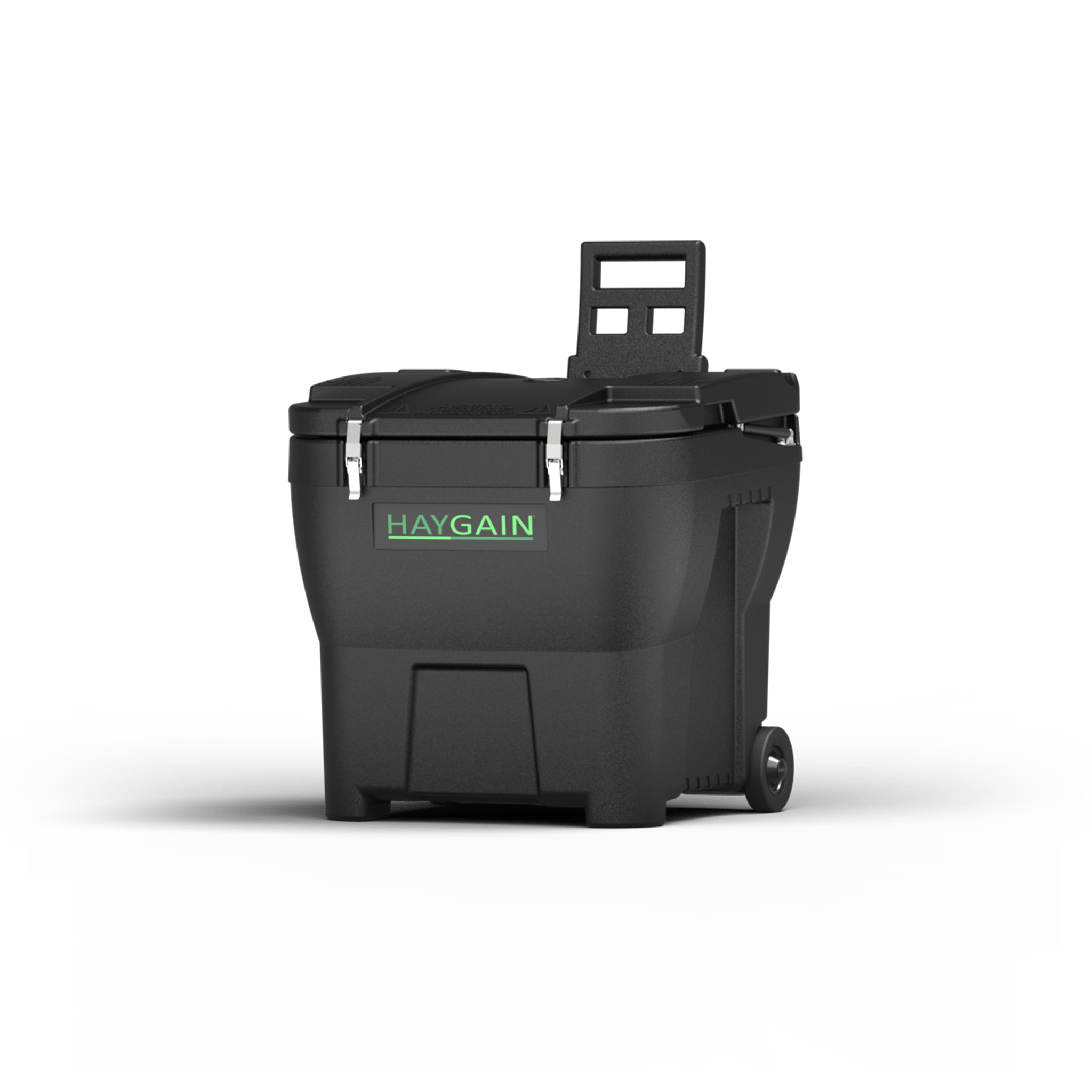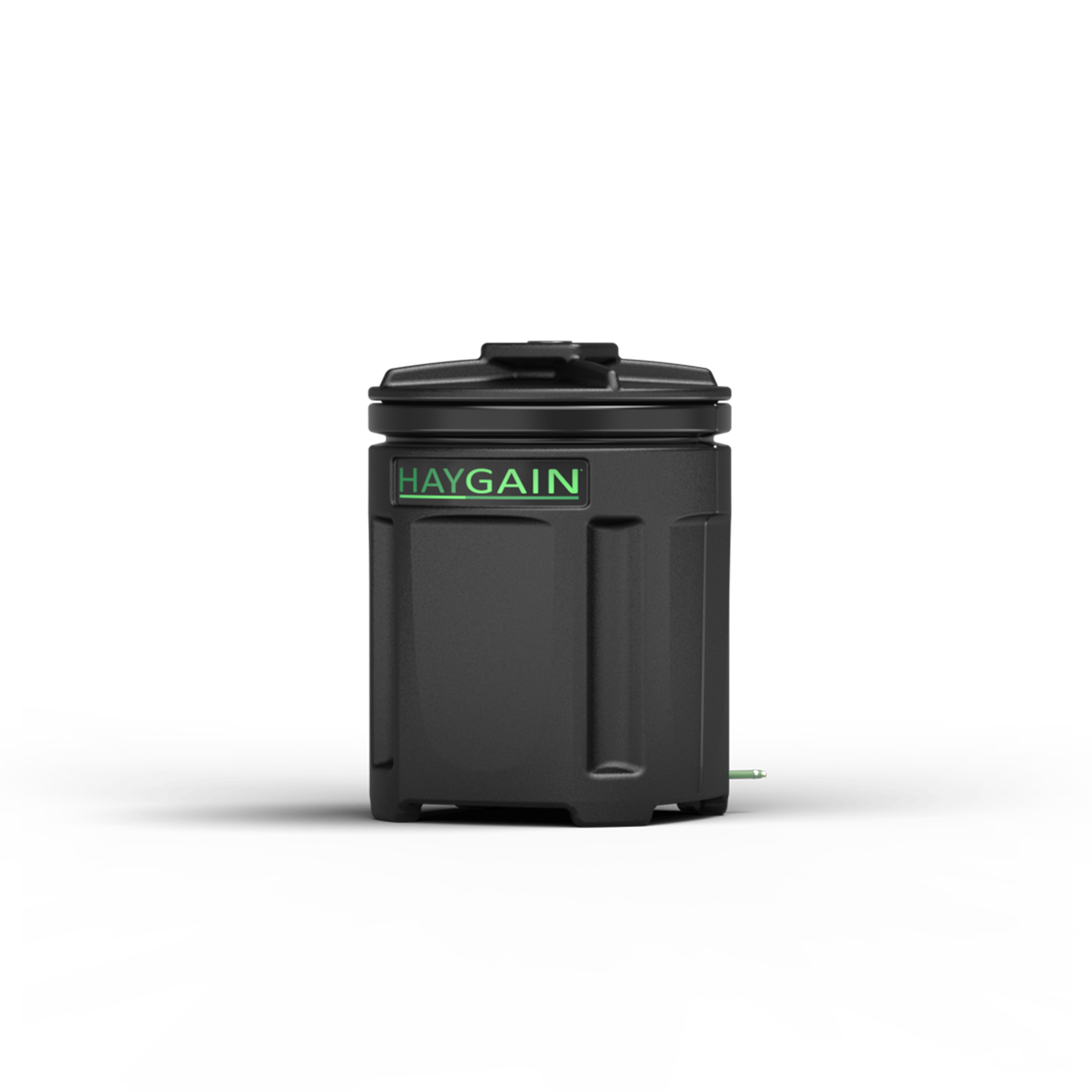
David Marlin
David holds the academic position of Professor in Physiology at Oklahoma State University. He is the author of over 200 scientific papers and book chapters. David’s other affiliations and positions include past Chair of the International Conference on Equine Exercise Physiology (ICEEP) and editor of Comparative Exercise Physiology.
In human sport recovery from exercise is often viewed as being nearly as important as training or competing itself. In fact there are nearly 25,000 scientific papers that have been published on the topic of recovery from exercise in people. In contrast, there are only a handful of papers on recovery from exercise or competition in horses. So does that mean that recovery is not so important in horses? I would suggest it’s highly unlikely and it’s just a case of the fact that at this stage we have not focused on recovery in horses to the same extent.
Recovery has many different components. Some of these can be very rapid, for example recovery in breathing may take place in less than 15 minutes whereas some aspects of recovery may take days or weeks, such as effects on the immune or orthopedic systems. While a huge amount of effort and concentration usually goes into preparing a horse to compete, travelling to a competition and competing, it’s very rare to see the same amount of thought and effort being directed at recovery. So let’s look at some different components of recovery either from training or from competing.
Cooling down

One of the first things that we usually do with a horse after exercise whether it’s training or competition is to allow it to cool down. In cool weather this may just involve a period of walking. In warmer weather it may be necessary to help the horse cool down by using cold water from a hose or in the case of hot horses at competitions, water and ice.
Cool down allows the heart rate, breathing rate and body temperature to gradually return to normal. It also allows the muscles to return to their normal resting length and tension which has been suggested to help reduce soreness or the risk of injury. For horses from a behavioral aspect it is also likely to be important that they associate a gentle transition from intense exercise before being put back in their stable or field. One of the important things we can do to promote recovery is to allow horses to drink. It’s clear from a number of studies that horses have an increased desire to drink immediately they finish exercising. We also know that allowing them to drink at this time, even while they are still hot and blowing hard, does not carry any risks contrary to old wives tales but still circulate concerning the risk of colic or laminitis. Another important reason for cooling horses down before they are returned to their stable field is that if they are still too warm they will continue to sweat and lose both water and electrolytes unnecessarily. Again, horses that are returned to their stables before being cooled down may also become agitated and unsettled when confined in their
Rest
A vital part of recovery for horses as for people is being able to rest and sleep. While horses are able to sleep standing up due to their specialized stay apparatus in their legs, they are only able to enter deep REM sleep when lying down. Horses are more likely to lay down when they have sufficient space, a comfortable bed and a quiet environment. After hard exercise many horses may experience some degree of musculoskeletal soreness and again a soft and comfortable bed is likely to encourage them to lay down.

The importance of proper rest was recognized many years ago in three-day eventing. Originally the stables were open all night and there were people coming and going all night working on horses to ensure they passed the trot up the next day. However it was recognized that this activity disrupted the horses rest and access to stables overnight is now restricted.
Rehydration
As for people, rehydrating as quickly as possible should be the aim. We’ve already mentioned allowing horses to drink as soon as they finish exercise. Once back in the stable it’s important that they have access to both forage and water. Just like us horses cannot rehydrate on water alone. The horse needs water and electrolytes and of course there are plenty of electrolytes in forage. Dehydration carries two risks for horses. The first is that dehydration slows the clearance of mucus from the airways and can exacerbate conditions such as equine asthma.
The second is that dehydration and the consumption of dry forage and feeds can increase the risk of an impaction colic or choke. An alternative approach of course is to either provide soaked or steamed hay. However, the downside of soaked hay when it comes to rehydration is that a large amount of the electrolytes will have been lost in the process of soaking whereas these will be retained in steamed hay.
Dehydration and the consumption of dry forage and feeds can increase the risk of an impaction colic or choke. An alternative approach of course is to either provide soaked or steamed hay. However, the downside of soaked hay when it comes to rehydration is that a large amount of the electrolytes will have been lost in the process of soaking whereas these will be retained in steamed hay..
Feeding
To optimize recovery it’s important that horses get to eat as soon as possible after exercise, but not before they have been cooled down and heart rate and breathing and body temperature are close to resting. They can and should however be allowed to drink unlimited amounts water as soon as they finish exercising. Contrary to some myths this is not harmful: it used to be said that this would cause laminitis or cause the stomach to burst. Horses have an increased thirst immediately they finish exercise and may not drink as much later on if water is withheld in this period. Dehydration also slows down recovery of muscle energy (glycogen) stores. As far as temperature, studies show horse prefer (will drink more) cool-warm water over cold or very warm water. It’s important not to give horses a large hard feed on its own early in recovery. Forage and then a medium sized hard feed would be preferable. As far as energy sources, while high starch diets can cause problems if fed incorrectly, they become increasingly important the harder a horse trains and competes. If you are unsure how to manage starch then consult an experienced nutritionist.

The Physiology of Recovery
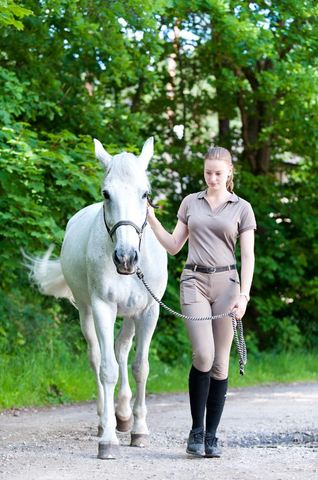
During exercise the body changes its physiology and metabolism significantly. While this can happen in a matter of minutes it can hours, days and even weeks for different body systems to recover and recovery will be different for endurance compared with sprint type exercise. As a rough guide, it may take the lungs 1-2 days to recover, 2-3 days for the GI tract and muscle and liver energy stores to recover, 5-7 days for electrolyte balance and stores to recover, 7-10 days for muscles to repair, up to 2 weeks for the immune system to recover and 3-4 weeks for bone, tendon and joints to recover (assuming no actual injury). This raises an interesting question – if it takes days or weeks for full recovery, what happens when we are training daily or at a competition where we compete over 2-3 days? Well the simple answer is that we only get partial recovery and our horses are in a constant state of trying to recover. This is why it can be extremely rewarding to use recovery weeks in training where you reduce the horses workload by say half every 3 weeks. This allows a greater degree of recovery to take place.
Discipline Specific Recovery
As a general rule, the harder/more intense and/or longer the exercise, the longer the recovery period needed. For example, an endurance horse would likely need at least a month to recover from a race whereas a showjumper could easily compete again the next day. That isn’t to say that a showjumper would always be able to perform the same over consecutive days of competition. The main problems with competing over several consecutive days are decreased muscle energy stores and accumulating muscle damage. A small amount of muscle damage happens whenever a horse exercises. This is normal but it can lead to muscle soreness and decreased muscle strength. In healthy horses without a muscle problem such as tying-up, it likely that muscle energy stores are the biggest limiting factor in performance. The main energy source that horses use in any discipline is glycogen.
Glycogen is simply lots of glucose molecules linked together in chains. Glucose on its own can move in and out of muscle cells but when its linked up in chains it can’t. This keeps it in the muscle where it is needed. Plants store glucose in the same way although the structure is slightly different and we call it starch. With disciplines where there are multiple days of competing such as dressage, showjumping and eventing, it’s essential to try and preserve muscle glycogen by avoiding unnecessary exercise or riding styles that are very costly on days 1 or 2. This is because muscle glycogen restores very slowly and low muscle glycogen leads to reduced performance.
Optimizing Recovery
Perhaps surprisingly, one of the best things you can do to ensure as fast a recovery as possible is to ensure horses start as hydrated as possible with maximized energy stores and good electrolyte balance. For electrolyte balance, feeding a complete and balanced electrolyte supplement daily according the time of year and the overall level of work (e.g. light, medium, hard, competing) rather than just for a few days before competing will reduce the risk of any deficiency or imbalance. Tapering before competition is another extremely beneficial technique used extensively in human sport but rarely in equestrian. Tapering simply involves gradually reducing the duration of exercise/training each day over 7 days but maintaining the intensity. This maximizes muscle energy stores and increases muscle strength. Cooling down quickly after competing, allowing unrestricted access to water immediately on completion of exercise and providing forage and then hard feed as soon as possible are also important. 
The other essential component of recovery that is sometimes overlooked is undisturbed rest, especially after intense exercise (e.g. cross-country in a three-day competition) or after each day in multi-day competition. Horses can only achieve proper rest-full sleep (REM sleep) when lying down and generally only lay down when undisturbed. So resist the urge to go into the stable every hour unless you have a good reason.
TOP TIPS
- Its vital to keep the horse eating forage at home and when away competing to ensure healthy GI function and to reduce the risk of colic
- Hydration influences energy recovery – provide water immediately on finishing competing
- Allow access to water and forage right up until starting exercise – forage in the stomach will reduce the degree of acid-splash which is a factor in squamous gastric ulcers
- Allow horses undisturbed rest
- If you have a horse prone to injury or periods of reduced performance, consider using recovery weeks
- Investigate using tapering if you compete at multiple day events
- Feed electrolytes on a daily basis
- Allow sufficient time for horses to fully recover between competitions
More on Haygain Hay Steamers More on ComfortStall Flooring System
